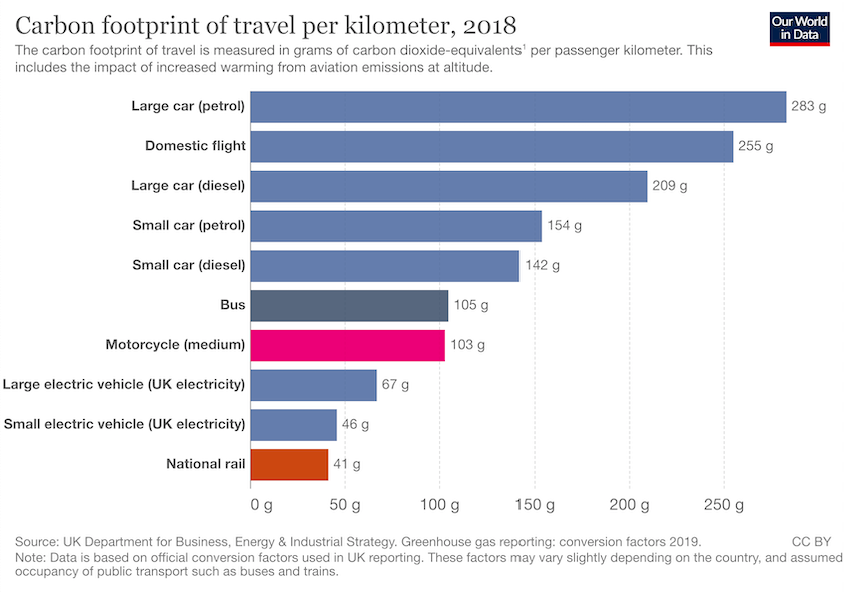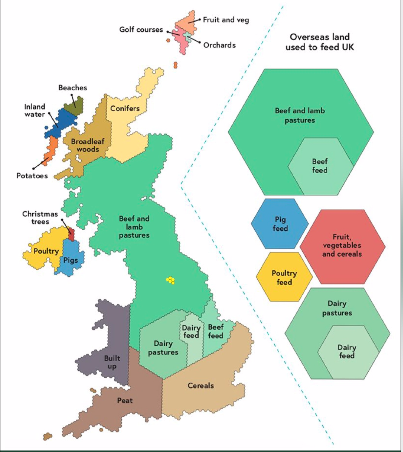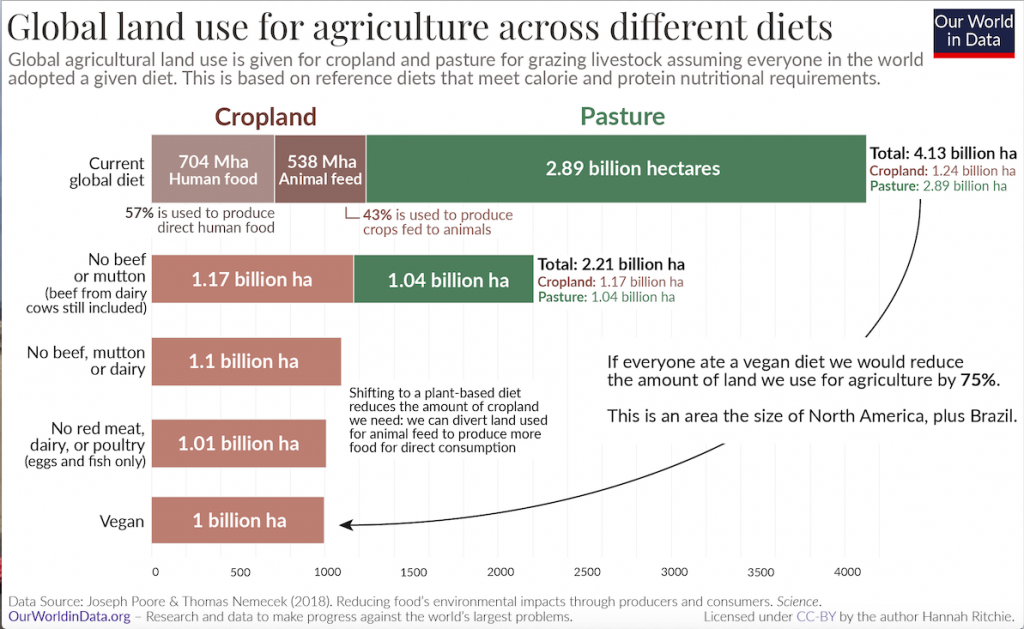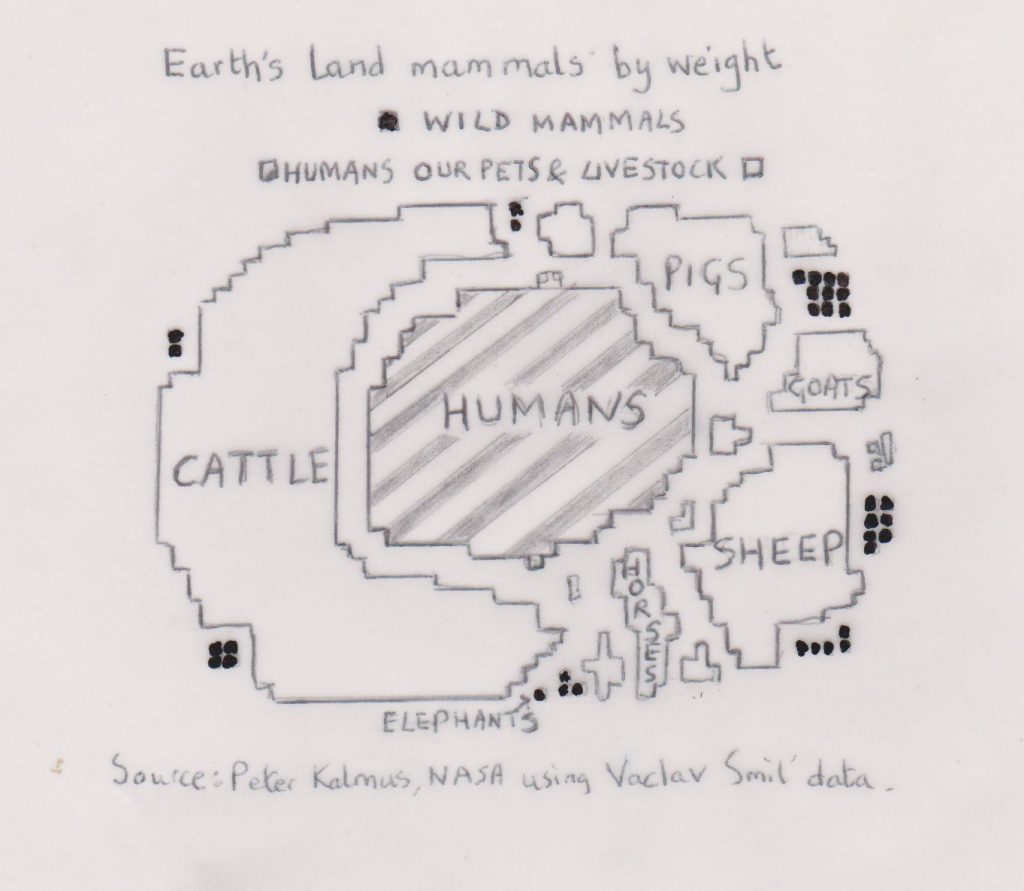Milborne Port Climate and Nature Action group
Turn back from the brink!
Our rapidly changing climate is probably the greatest threat to us and the rest of nature but almost equally serious is the rapid loss of biodiversity on Earth.
It’s an easy mistake to think that humans can survive without healthy ecosystems but climate change, pollution and biodiversity loss are at crisis levels that threaten not only the rest of nature but human life too. “Without enough large-scale functioning wild natural ecosystems there will be no stable climate, no farming, no economy, no civilisation, no liveable planet”. Many ecologists have labelled these times as the “sixth extinction”.
To put it another way, nature is at the base of our supply chains, and we’ve seen how disruptive a breakdown of those can be.
How bad is the rate of loss? It is thought that one million animal and plant species – almost a quarter of the global total – are threatened with extinction. Here in Britain the 2019 State of Nature report revealed that 56% of our species are in decline and 15% threatened with extinction. Green fields and lush countryside do not necessarily equate with biodiversity and our heavily-grazed uplands are very low in it. And around here? This area has experienced some of the highest levels of bird species loss in the country, which may in large part reflect a sharp fall in insect populations. Since the 1970s, farming has intensified, with greater use of pesticides and herbicides, providing less and less habitat for wildlife, while still becoming increasingly uneconomic and unsustainable. The BTO found that 22 out of 94 local breeding bird species have been lost between 1970 and 2011. That’s a devastating rate of loss in such a short flicker of evolutionary time.

The local extinction rate for insects is eight times higher than for birds and mammals. This spring we have seen even lower numbers of insects, possibly due to the drought last year and this year’s cold, wet spring.
The good news
Nature can return if we play our part and don’t leave it any longer. There are now numerous (though not yet enough) nature recovery projects across the country, all demonstrating that we can bend the declining curve quite spectacularly given space and the right conditions. The Knepp Estate, a formerly unprofitable farm, now thrums with life, including Turtle Doves, Nightingales, Cuckoos, and the rare Purple Emperor butterfly.
What is also vitally important is that there are nature recovery corridors to enable species to move from one rewilded area to another especially as our climate changes, and this is where we all have a role. Whether it’s letting your hedgerows burgeon and blossom, or rewilding some of your garden or even a window box, we can all play a part in bringing ourselves back from the brink, and have a lot of pleasure too. Who wants a Silent Spring after all?
There are already a number of positive changes in the village – Wheathill Meadow, the new management of the church lawns, and lawns left to flower. Please email us or post on the village Facebook if you’re noticing any signs of recovery, or the reverse, in or around your garden.
Error! Hyperlink reference not valid.
Here’s One New Thing To Do for our Future: Help provide a corridor for insects
Eg by:
- Viewing longer grassland as vital habitat for life & letting it bloom through the summer
- Removing your mowings to favour wild flowers
- Leaving some of this year’s growth on your hedges so they flower next year
- Safety apart, not mowing public verges during the summer
Thursday 27 July 7.30pm Town Hall (upstairs) MP CAN meeting. All welcome.
Recommended reading: ‘Wilding’ and ‘The Book of Wilding” by Isabella Tree / and Charlie Burrell; ‘Land Healer’ by Jake Fiennes.
Sources
https://www.rewildingbritain.org.uk/rewilding-network/projects
https://data.bto.org/doorstep-birds/?dm_i=NXK,8A7Q5,OZAHF2,Y1WMT,1
https://www.bbc.co.uk/newsround/58863097
https://www.rewildingbritain.org.uk/why-rewild/benefits-of-rewilding/rewilding-biodiversity-crisis





